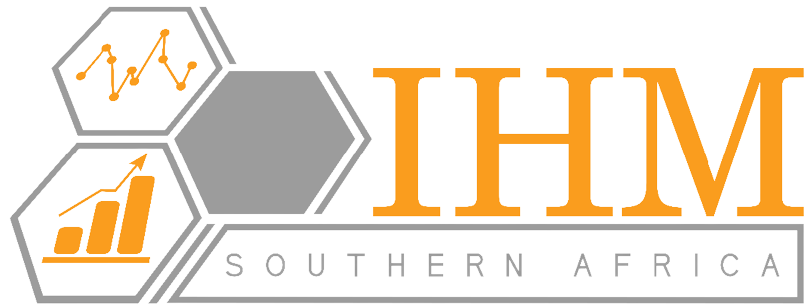Enhancing Strategic Information (ESI) project

The HIV virus significantly contributes to high maternal and child mortality rates in sub-Saharan Africa. In South Africa, a national survey showed an increase in HIV prevalence among pregnant women from 29.4% in 2009 to 30.2% in 2010. To address this issue and improve health information systems, the Enhancing Strategic Information (ESI) project was implemented in South Africa, Swaziland, and Lesotho from 2008 to 2012. The project aimed to reduce the burden of HIV and AIDS by promoting evidence-based decision making through the effective use of information.
Collaborating with organizations such as the U.S. President’s Emergency Plan for AIDS Relief (PEPFAR), the United States Agency for International Development (USAID), and the U.S. Centers for Disease Control and Prevention (CDC), the project focused on building capacity in data collection, analysis, interpretation, reporting, monitoring, evaluation, decision making, and policy information. ESI developed graphs to illustrate the performance of provinces in various health priorities, including mortality, child health, women’s health, communicable diseases, and non-communicable diseases.
The project’s key objectives included improving the availability and quality of health and community-based information, managing data for programmatic decision making, and enhancing monitoring and evaluation capacity. IHM Southern Africa provided technical assistance and system strengthening expertise to implement and co-manage the ESI project. The project’s outputs included various reports and assessments related to health statistics, HIV and AIDS, prevention of mother-to-child transmission, and data quality assessments
